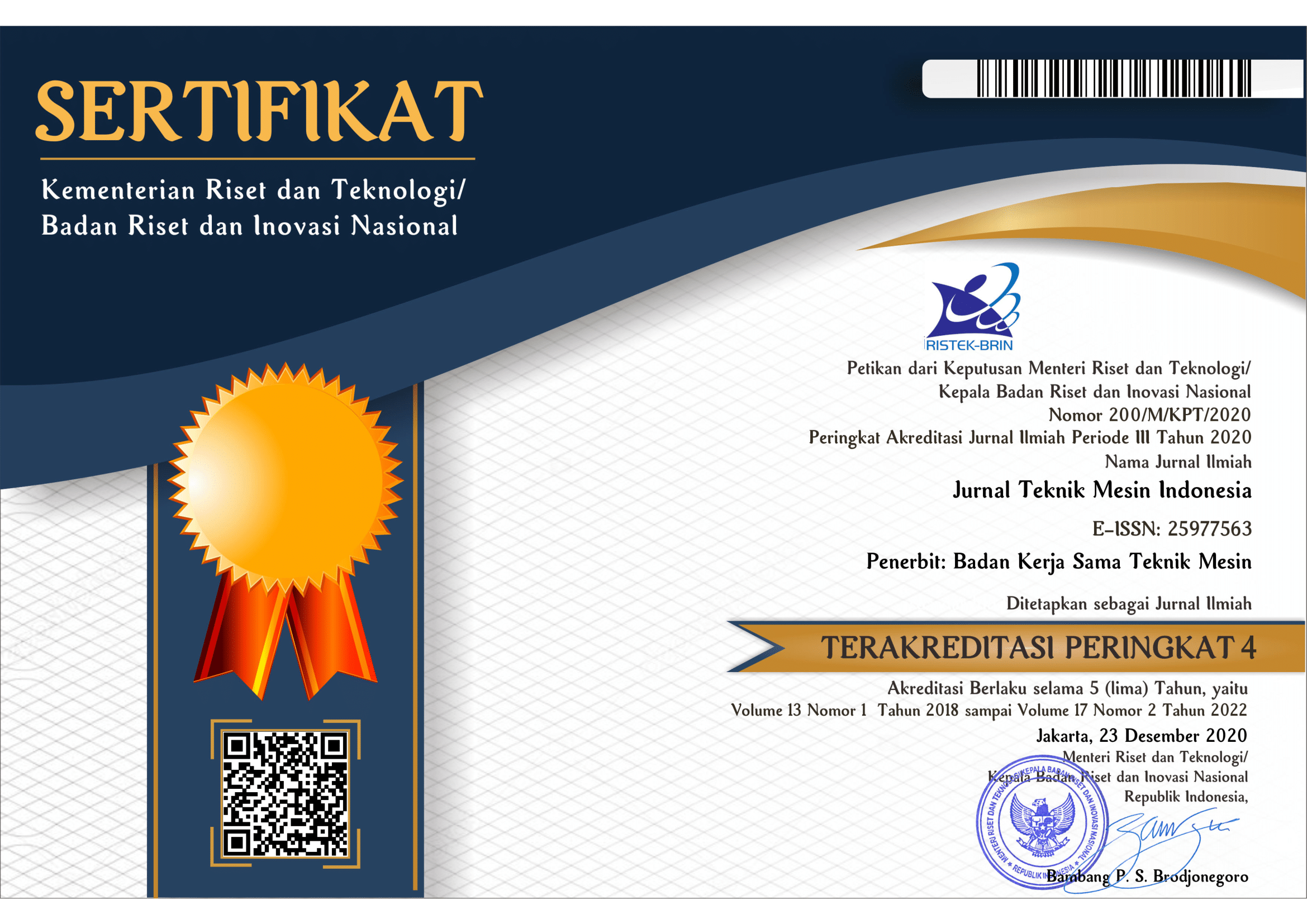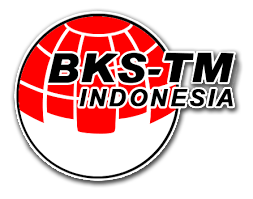Measurement of the Adhesion of PCL/Hydroxyapatite Nanofibrous Composite Coatings in Relation to the Roughness of Metal Implant Materials
DOI:
https://doi.org/10.36289/jtmi.v19i02.744Abstract
Composite coatings have been widely used to modify the surface of materials to improve material properties alongside chemical modification, ion implantation, anodic oxidation, physical vapor deposition, chemical vapor deposition, plasma spray deposition, sol-gel, and thermal oxidation. Modifying the surface coating of bio-implants must employ suitable materials to enhance the interaction between bone cells and the material and provide structural support for forming new tissue. Coating requirements in metal implant material engineering include fiber diameter, porosity, mechanical properties (adhesion), biodegradability, and bioactivity. This study's most recent innovation consisted of modifying the bio-implant surface layer with a polymer (polycaprolactone, PCL) and bioactive ceramic (hydroxyapatite, HA) to meet the requirements of metal implant material application. During the spraying procedure, parameters derived from previous studies are used to determine fabrication parameters. In addition, the adhesion (mechanical properties) will be measured at multiple levels of implant material roughness. The results indicate that the rougher surface of the substrate has a higher adhesion value than the finer surface of the material.










